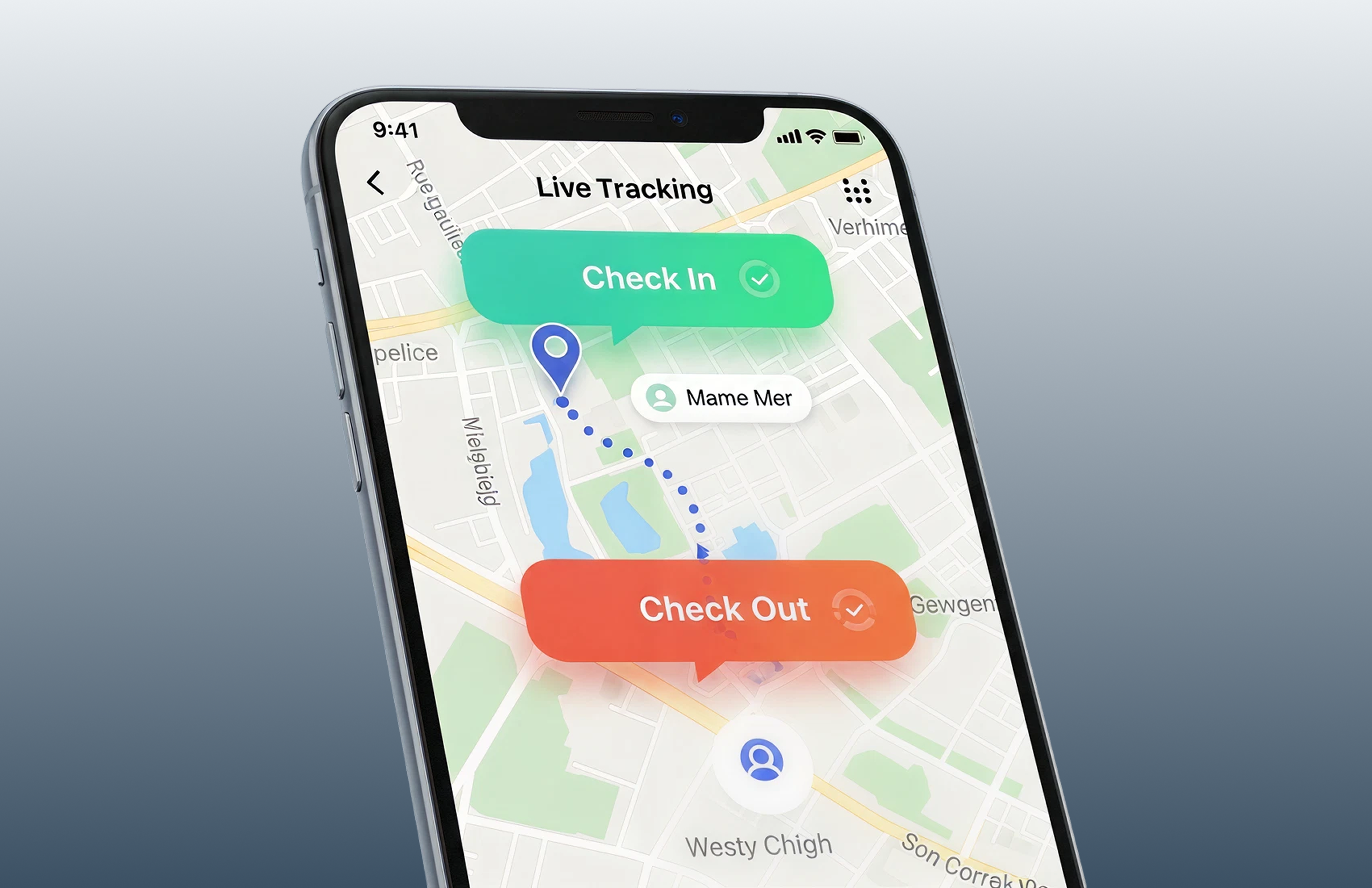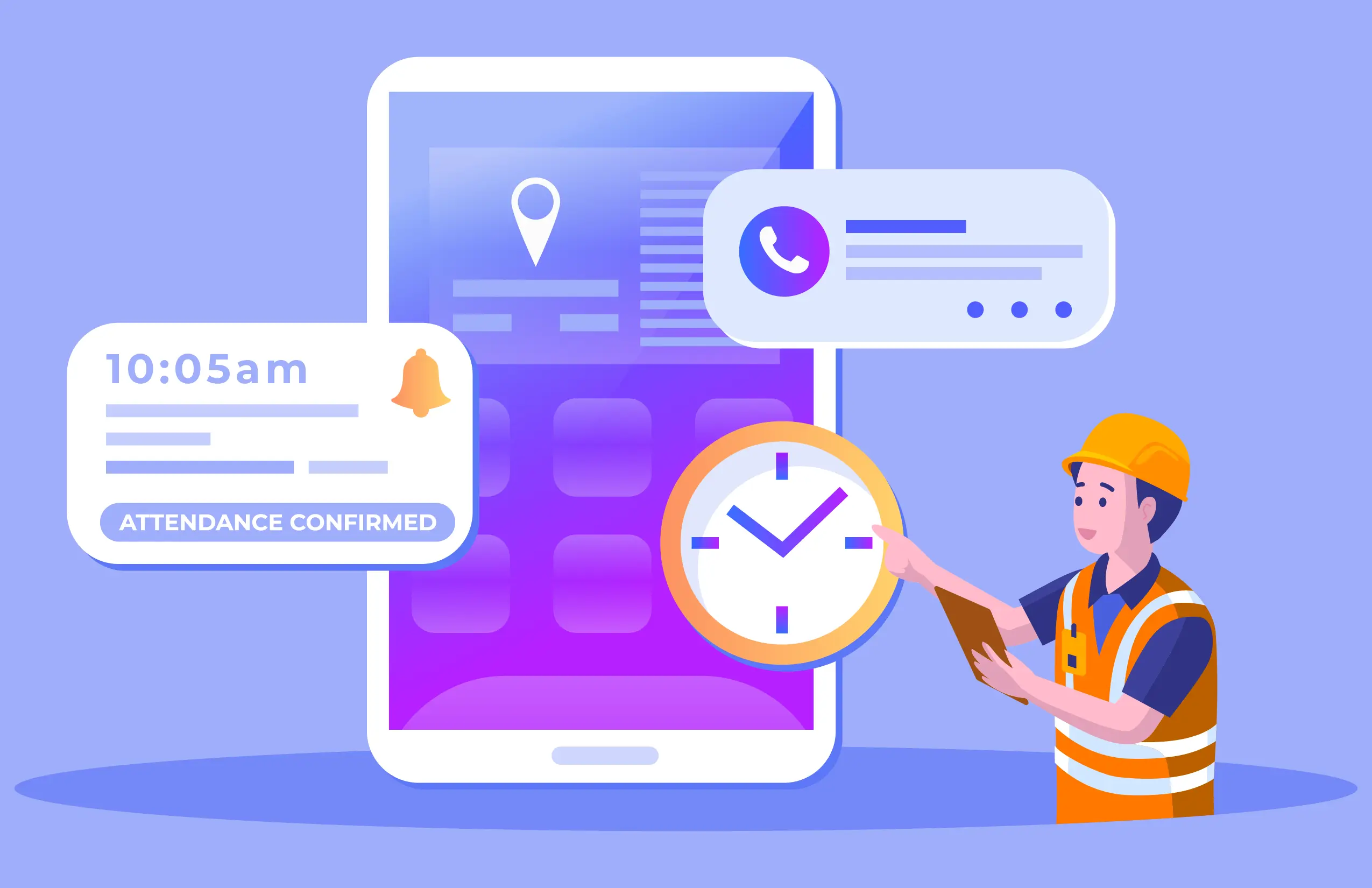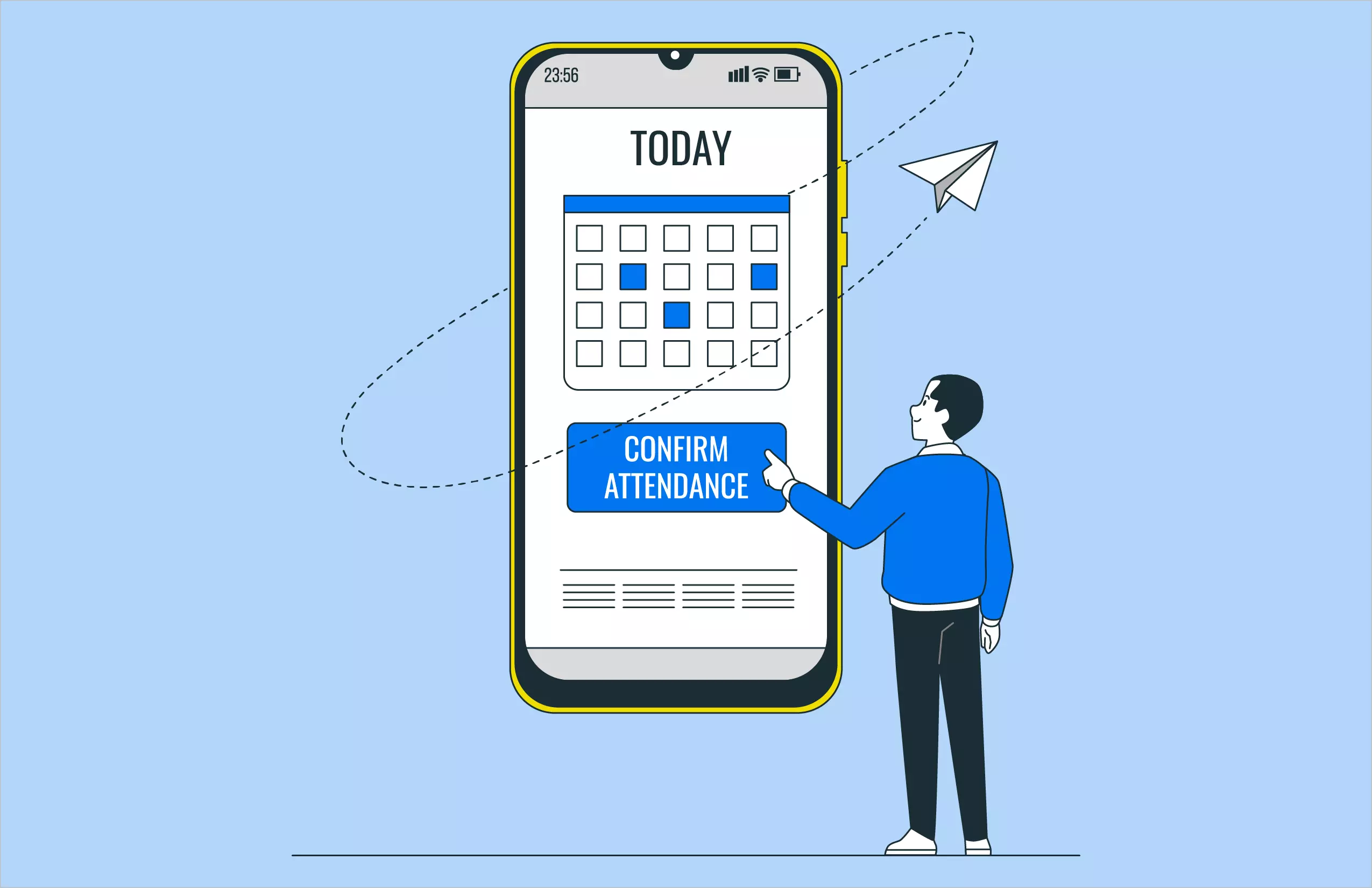
How To Calculate Leave Accrual For Your Employees
Table of Contents
Leave accrual is critical for both employees and managers. For employees, it reflects the amount of vacation time they are permitted to take off for rest or to attend to their own personal businesses. For companies, it is an important component of the overall remuneration package that can assist with recruiting and retaining the best employees. It enables you to provide an appropriate balance of work and life to your employees, leading to a more satisfied and efficient staff.
As a manager, you have to monitor leave accrual for salary purposes. If an employee exits your organization, you may be required to compensate them for any unclaimed accumulated leave (based on the employment regulations of the nation). This is why it’s critical to know about accrued leave and develop a competitive, equitable system in accordance with regional labor regulations.
What Is Leave Accrual?
The amount of paid time off that an employee has accumulated but hasn’t yet been utilized under the compensation policies of the company is known as accrued leave. This is one method of figuring out how much paid time off your employees get to take as a part of their job entitlements. It can be computed for many forms of monetary leave, including holiday, medical leave, and regular paid time off (PTO), according to your company’s leave policy.
HR departments utilize leave accrual procedures to keep track of employee leave entitlements and payouts. The way in which your company specifies its time-off policies determines how to handle the accrued leave of your employees. Leave accrual is often calculated by an employee’s duration of employment or the amount of hours worked.
Difference Between Accrued And Annual Leave
Annual leave and accrued leave are two distinct concepts. An employee receives compulsory annual leave at the beginning of the calendar year, which they can utilize right away—pending approval. On the other hand, employees cannot utilize accrued leave unless they have earned it; it builds up throughout the course of the year. The primary distinction between both of these kinds of leave is the fact that annual leave is paid out on a need-by basis around the year, whereas accrued leave is paid out as a single one-time payment at the completion of the fiscal year. It is sometimes possible to take advantage of both kinds of leaves simultaneously.
5 Main Types Of Leave Accrual
Sick Leave
Sick leave is a benefit that employees receive that permits them to request time off. Considers both acute and chronic illnesses. While certain businesses permit employees to utilize unpaid leave for sickness or health-related factors, others provide paid time off (PTO) for days off due to illness. When an employee is unable to work, it will allow them to take a break and relax.
Bereavement Leave
Bereavement leave is a kind of time off that is given to workers after a loved one, for example, a parent, brother or sister, spouse, or child, passes away. This kind of sabbatical is typically provided by businesses to staff members who suffered the loss of their closest family members.
Disability leave
According to the Americans with Disabilities Act (ADA), workers who have impairments in either their minds or bodies have the right to a fair amount of leave or adaptations. Any business with fifteen or more employees must abide by the aforementioned regulation.
Medical Leave
An employee can potentially be able to take time off to provide support for loved ones or heal from an accident by obtaining an approved medical leave of absence. Provisions for medical leave under the FMLA shield employees with eligibility from being forced to quit their jobs due to mental or bodily incapacitating conditions.
Paid time off (PTO)
PTO enables employees to utilize leave without incurring penalties. This might comprise any kind of monetary leave, such as holiday, medical leave, family time off, or government holidays, according to the business. PTO perks often follow a predetermined accrual plan and necessitate that the employee seek the amount of time off they wish to take.
How Does Leave Accrual Work?
Company regulations, which can differ based on the employee’s job and business, specify the precise conditions and deadlines for accruing leave. Over the course of their employment, employees accrue days of leave at certain times. Employees might receive days for accrued time off on an annual, quarterly, or monthly basis.
Employees who wish to take advantage of their accumulated vacation time can send in a request for it. When management or human resources approve an employee’s request, the corresponding amount of time is deducted from their accrual total. They can take time off from their job for any cause via their accrued leave days, and they will still be paid by the company they work for.
How To Calculate Leave Accrual For Your Employees
Calculating leave accrual accurately is important for both employees and employers, as it affects employee satisfaction, retention, productivity, and legal compliance. Let’s learn how to calculate leave accrual more accurately using four simple steps.
Step 1: Finding out what your company’s or organization’s leave policy is should be the first thing you do. This covers the kind of leave, like paid time off, medical leave, personal time, or other; qualifications, like probationary time frame, experience, or minimum amount of time worked; accrual rate, like hours employed in a given pay period, number of days in a calendar year, or amount of pay; and highest balance, like retained limit, payment choice, or confiscation rule. It is advisable to refer to the relevant rules and legislation in your region since they might establish prerequisites or minimal criteria for accruing leave.
Step 2: Measuring every employee’s hours worked during every pay period is the subsequent step. You have two options for doing this: automatically utilizing devices, applications, or programs, or manually employing timesheets, worksheets, or planners. Since the number of hours worked serves as the foundation for determining accrued leave, you ought to make sure that they’re precise, comprehensive, and confirmed. Any deviations, including attendance, overtime, part-time employment, flextime, or work shifts, must also be taken into consideration which you can control through the attendance app for employees.
Step 3: Applying the accrual rate to each employee’s hours worked during every period of pay is the following step. One way to accomplish this is by applying an easy equation like hours worked x accrual rate = leave acquired, or a more intricate one, like hours worked x (accrual rate x duration of service) = leave acquired. For every employee in the same leave type, you ought to utilize the exact same equation systematically; however, if the employee’s position or the policy regarding leave changes, you must make adjustments to the calculation.
Step 4: Updating every employee’s accrued leave for each pay cycle is the final stage. To achieve this, deduct the leave used or forfeited from the prior balance and add the acquired leave. Each employee’s accrued leave must be documented and shared with them on an ongoing basis. Additionally, keep an eye out for any problems with the leave balance, like surplus or deficiency, misuse or abuse, or mistakes or inconsistencies.
You are able to more precisely estimate leave accrual for both your employees and your business by adhering to the four steps listed above. This will guarantee that you abide by the rules and regulations, as well as assist you handle the expenses as well as the benefits of your leave more skillfully.
Conclusion
Although the idea and specifics of leave accrual can differ depending on the company or profession, many businesses use similar accrual schemes. Employees must accrue paid time off before they get the chance to use it under a leave accrual system. Based on the amount of days, weeks, and hours they’ve worked, employees accrue leave in periodic intervals throughout the year.
You can determine how much leave your employees have the right to and how quickly they can use it, according to any applicable rules and regulations. Establishing a well-defined policy for leave accruals guarantees openness regarding the amount of leave that your staff can take and facilitates planning for it.





















